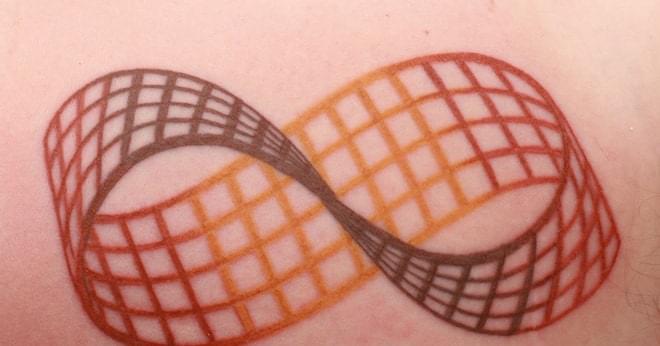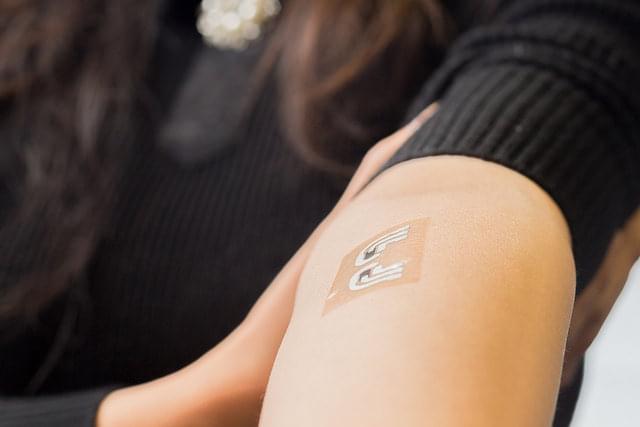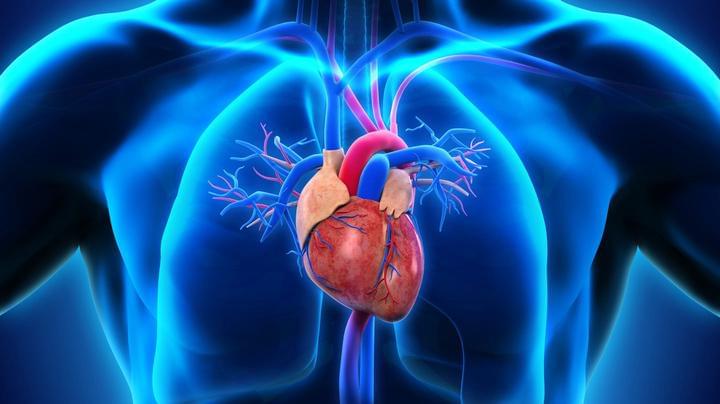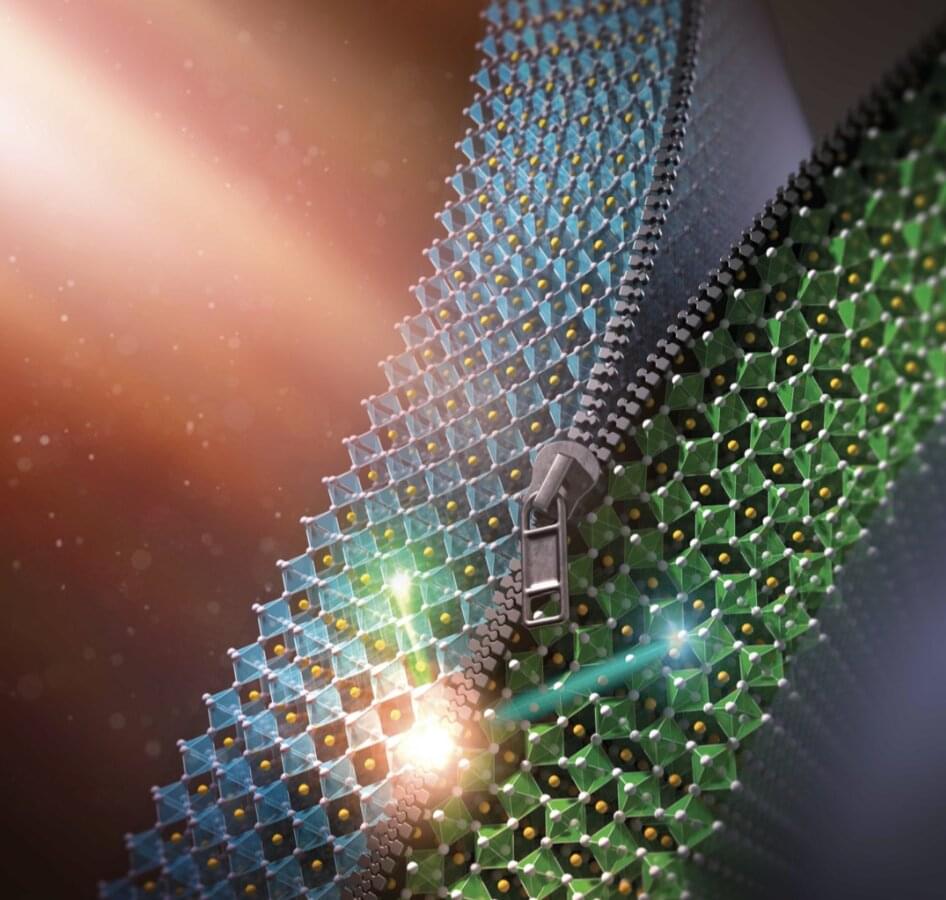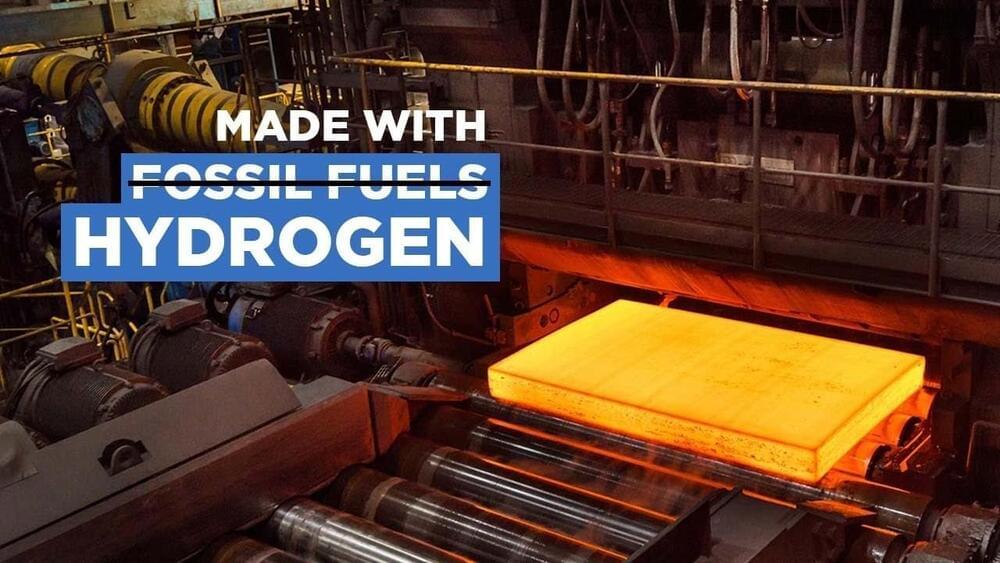Year 2009 This is awesome 👌 👏
The title character of Ray Bradbury’s book The Illustrated Man is covered with moving, shifting tattoos. If you look at them, they will tell you a story.
New LED tattoos from the University of Pennsylvania could make the Illustrated Man real (minus the creepy stories, of course). Researchers there are developing silicon-and-silk implantable devices which sit under the skin like a tattoo. Already implanted into mice, these tattoos could carry LEDs, turning your skin into a screen.
The silk substrate onto which the chips are mounted eventually dissolves away inside the body, leaving just the electronics behind. The silicon chips are around the length of a small grain of rice — about 1 millimeter, and just 250 nanometers thick. The sheet of silk will keep them in place, molding to the shape of the skin when saline solution is added.
